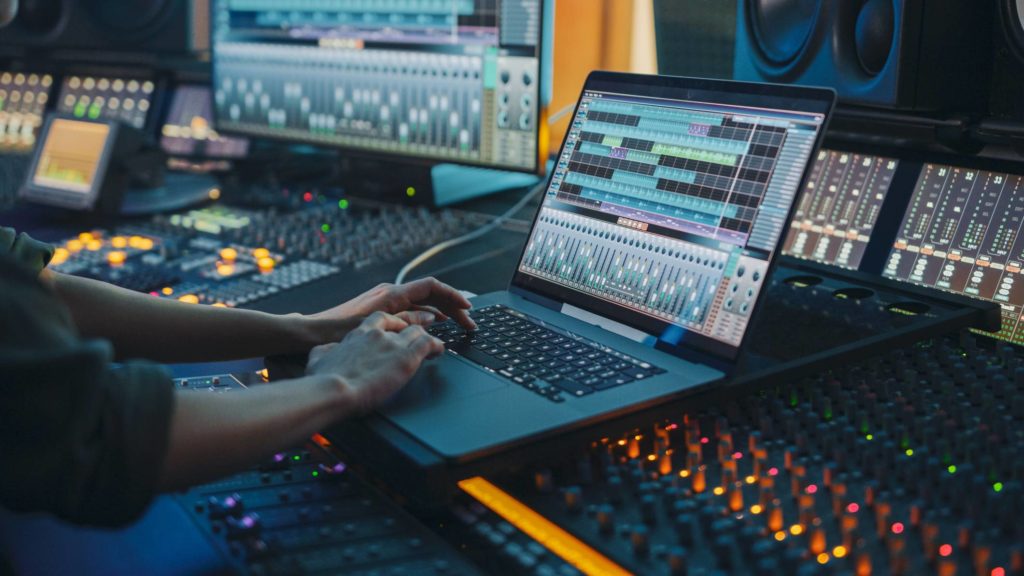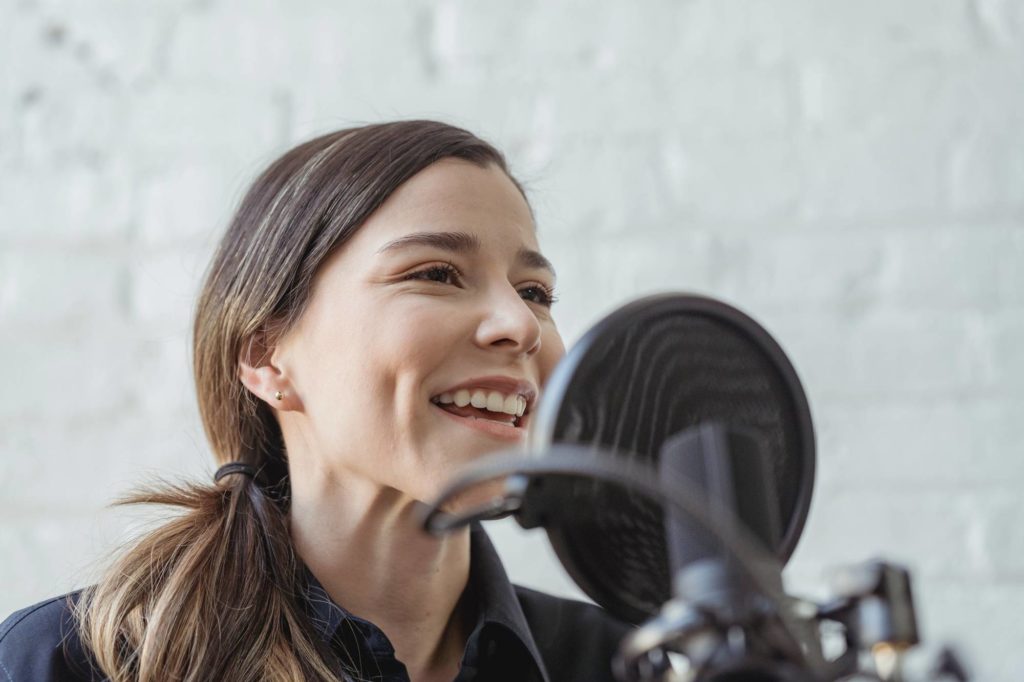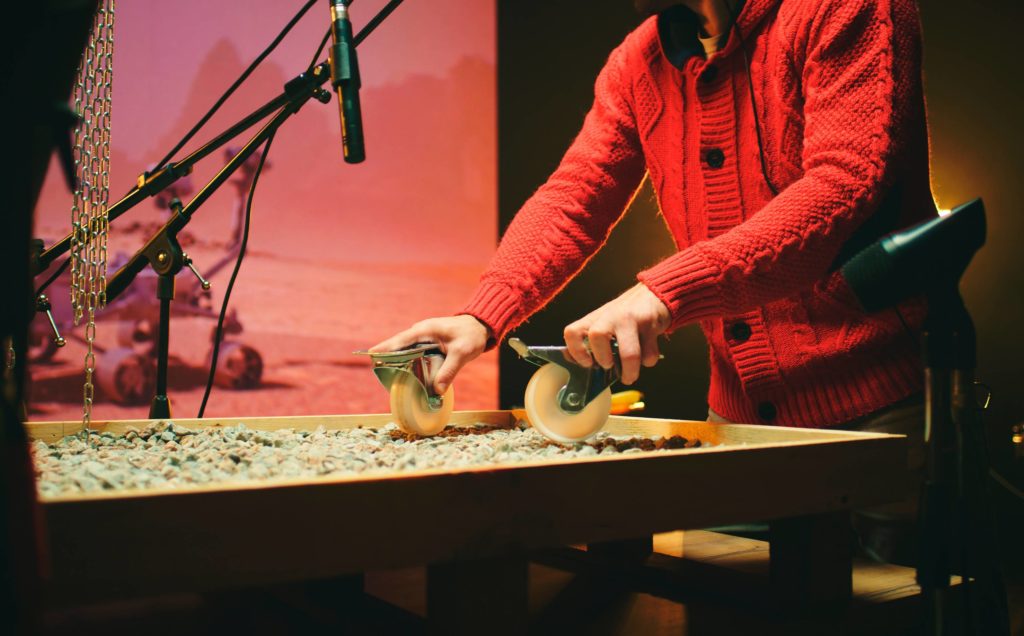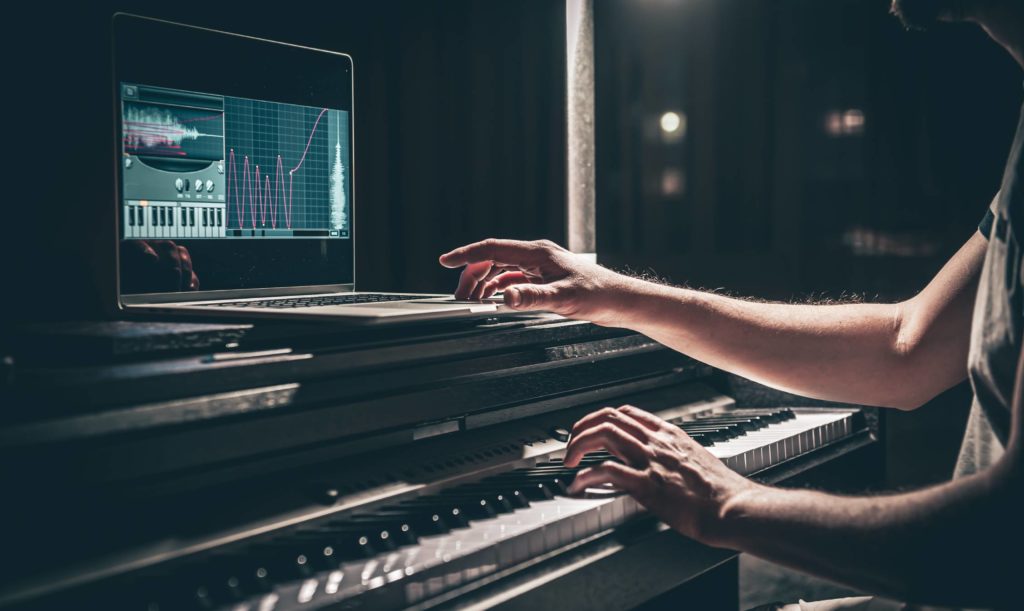Filmmaking may seem like a straightforward process, but there’s a lot that goes into every stage to polish, refine, and create the best possible version of a film it can be. Although technically you could release something that has been shot and edited quickly without treatment, what makes high-quality professional films stand out is the attention that goes into every stage in between.
Audio post-production and sound design are not always planned in detail, but It’s a vital part of putting the finishing touches on your film and sets an amateur work from a professional piece. Proper audio post-production actually represents hours of hard work! Although sound professionals do work differently, it is important to note that there are common steps that all various methodologies do need to follow.
What is Audio Post Production?

Sound actually makes up about 50% of a film. It is not just about clear dialogue (although that’s obviously important), it’s also the sound effects (the background wind rustling the leaves, the boots crunching in the snow) and the music. Audio is a powerful tool in your storytelling arsenal to use alongside the visuals.
Once a film’s visual edit is in place (the shots and timing won’t change) the film is locked and the team proceeds with audio post-production. This is the opportunity to layer in the sound effects on each shot, add background ambiance, record and add a voiceover, cut together the music so that it threads between scenes, and then mix it all together so that everything is even and nothing is overpowering anything else.
For small budget films, this process can be about 40 to 60 minutes, while for a longer feature movie it can take anywhere from 160 hours to 320 hours, even weeks! It does depend on the budget and time the director and the teams can give to this phase of the film project.
Learn the Main Audio Post Production Phases
Once the edit is locked, the sound designer will have a spotting session with the director. This is basically a run-through of the film and what effect the director wants to have on the audience. This helps the sound designer draw up a list of required assets they will need to produce to achieve the desired outcome.
The general process will entail these main steps:
- Dialogue
- Checkerboard the dialogue
- Normalize the dialogue
- ADR automated dialogue replacement
- Foley & Sound Design
- Audio Restoration
- Music Composition & Editing
- Mixing & Mastering
1. Production Dialogue Editing
The first step in audio post-production is to pay close attention to the dialogue spoken in the film.

- Dialogue is generally recorded in multiple ways – a boom, a lapel mic, and an on-camera mic, so the dialogue editor will listen through everything and begin to clean up errors, and distortions, and make a clean pass of dialogue that can be mixed later on.
- Checkerboarding the dialogue involves manipulating the tracks on different layers of the timeline to make it punchy and snappy, which also means different elements can be treated separately.
- Once that’s all prepared in the timeline, the audio should be normalized so it’s all a standard volume. This will make it much easier to mix later on and means that some parts won’t be louder or quieter than others.
Throughout this process, you might find that some dialogue just hasn’t been recorded well. Maybe it was a windy day when filming, or the crew had to use a noisy machine in the background for a special effect.

- The dialogue will need to be replaced in a process called ADR or automated dialogue replacement. Generally, the actor will come into a sound studio and re-record their lines using their original performance as a guide.
- In some major movies, nearly all of the dialogue can be replaced in an ADR session. The dialogue in Peter Jackson’s The Lord of the Rings series was mostly from ADR.
- Finally, it’s time to restore any audio that can be. It involves cleaning up any crackles or distortions picked up during recording.
A sound recordist’s goal on a film set is to get as clean a dialogue as possible, which is why sets have to be quiet. Some directors prefer to work with noiseless props to minimize the time spent in ADR, choosing instead to replace the sound effects in the post afterward.
2. Sound Effects Editing and Design
With the movie’s dialogue clean and audible, now for the fun part: sound effects.
Foley artists are the people responsible for creating most of the effects that we will mention below. Rather than relying on audio libraries, they will often create the sounds in interesting ways by using tools in a studio. The most commonly work on effects in which people are interacting with objects, such as dropping ice into a glass, putting on clothes, or walking down paths.

- Spot effects are the most obvious sound effects that we can see, for instead of a car door slamming, a fist punching, a gun being shot. These are done first as it will be extremely jarring for the audience if a bomb goes off but there’s no bang.
- Background effects are exactly that – audio that’s happening in the background. This could be the sound of a noisy office, the hum of a train, or birds singing in the trees. This stage is all about building an atmosphere to make the film as immersive as possible.
- Design effects are the audio effects that accompany something that can’t be recorded, like a magical spell, a monster, or a spaceship.
3. Music Composition and Music Editing

Now you have your dialogue and your sound effects. The only thing that’s missing is your music. Some directors and editors like to work with a temporary music track until this point, but others leave it until the final stage. This phase is all about composing a movie’s iconic soundtrack and then weaving it throughout the scenes to help the story.
- Is the scene comedic or terrifying? Should the audience be sad or inspired? These are all questions the music team will have for the director, and they will work closely with them to achieve the best results.
- The mixers will take all of the elements: dialogue, sound effects, and music, and make sure each element works perfectly with the visuals to create the final mix.
- The time it takes to complete this process depends entirely on the complexity of the project. If the film is a drama taking place in one room, it may be fairly straightforward. But if it involves creating the soundscape for space battles, it’s a much larger task.
- This is then laid onto the final, color graded edit, and boom – you have a finished movie!
Remember that audio is absolutely vital to creating a good quality film. Movies, particularly big-budget movies, have enormous teams of audio editors, mixers, composers, and sound designers working on them for a long time to create a fully immersive experience that people will flock to the cinema to watch. Once the film is shot and edited, audio post-production is the third and final piece of the puzzle. If you are looking for more details on the details of video editing and post production, check out this handy link.



























